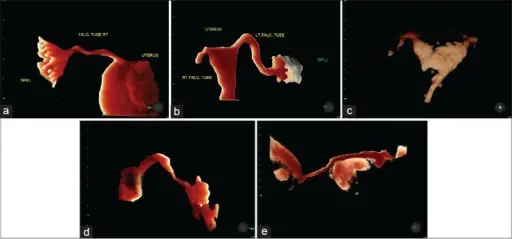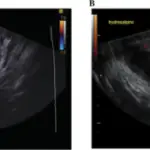Tuberculosis salpingitis is an infection in human’s body, caused by bacteria which develops hematogenously in the reproductive system of females.
What is the Pathology of Tuberculosis Salpingitis?
The pathology of tuberculosis salpingitis is:
-Etiology: The cause of tuberculosis salpingitis is bacterial infections usually by Mycobacterium tuberculosis acquired via vaginal intercourse.
-Genes involved: IFNGR2 gene.
-Pathogenesis: The sequence of events that lead to tuberculosis salpingitis are: infectious agent from an extragenital source like hematogenous or via lymphatic vessels or from the peritoneal cavity spreads in the body and reaches the fallopian tube causing infection or inflammation.
-Morphology: The morphology associated with tuberculosis salpingitis shows solid-cystic formations with irregular lining.
-Histology: The histology associated with tuberculosis salpingitis shows granulomas.
How does Tuberculosis Salpingitis Present?
Patients with tuberculosis salpingitis typically females, reproductive age from 20 to 40 years. The symptoms, features, and clinical findings associated with tuberculosis salpingitis include low grade fever, pelvic pain, menstrual irregularities, infertility, secondary amenorrhoea, lower abdominal pain, vaginal bleeding.
How is Tuberculosis Salpingitis Diagnosed?
Tuberculosis salpingitis is diagnosed by hysterosalpingography, radiograph, MRI, PCR to identify M. tuberculosis, blood tests and biopsy.
How is Tuberculosis Salpingitis Treated?
Tuberculosis salpingitis is treated by: antimicrobial agents for up to 18 to 24 months, chemotherapy, sometimes excision of effected parts in severe cases.
What is the Prognosis of Tuberculosis Salpingitis?
The prognosis of tuberculosis salpingitis is good. However, cases of advanced tuberculosis with extensive adhesions in pelvis and uterus are usually untreatable with very poor prognosis for fertility



